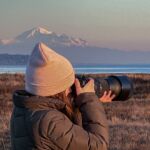What do you get when you mix a wood duck and fireworks?
Firequakers.
But seriously, there’s no competition — wood ducks are one of the most beautiful waterfowl in North America. They haven’t been easy to photograph though. When I first came across a pair in the woods, I could barely get within range before they would fly off, and I would feel terrible for scaring them.
Habitat
Look for wood ducks along the sides of creeks, swamps, streams, and other bodies of water. And don’t forget to look up — they can also be found in the trees, where they make their nests. They are unlikely to be out in open bodies of water but never say never: I’ve spotted them sitting on logs in the middle of large ponds.
Finding Wood Ducks
I highly recommend viewing the wood ducks at the Reifel Bird Sanctuary in Ladner, BC, if you are in the area. They are less shy than some of the other wood ducks I’ve come across, so you’ll have a better chance at viewing them. Be sure to book ahead before going!
Leap of Faith: Baby Wood Ducks
A wood duck brood can contain up to 15 babies. After a mere day of life, wood ducklings will jump out of the tree hole (or nest box) they hatched in and down into the world. They spend their summer growing to full size until they’re ready to show off their own plumage and start a family.
They’ll begin pairing up in the winter, and by April they will have returned to their breeding grounds, which are typically in Canada. The female duck will incubate the eggs for about 30 days before the new generation jumps out of the tree and the cycle starts over again.
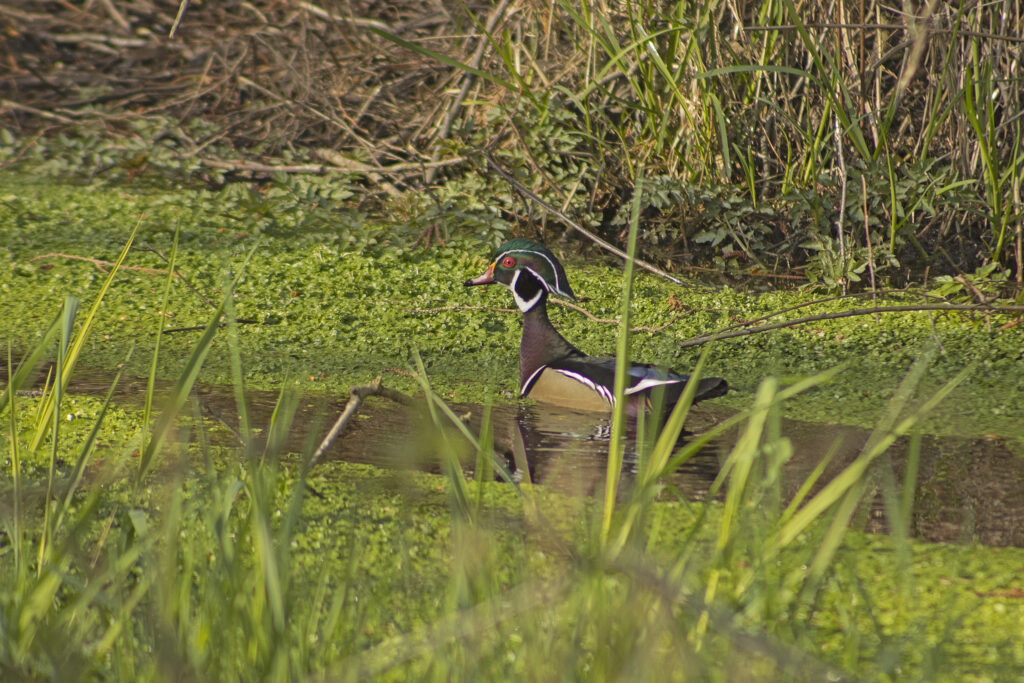
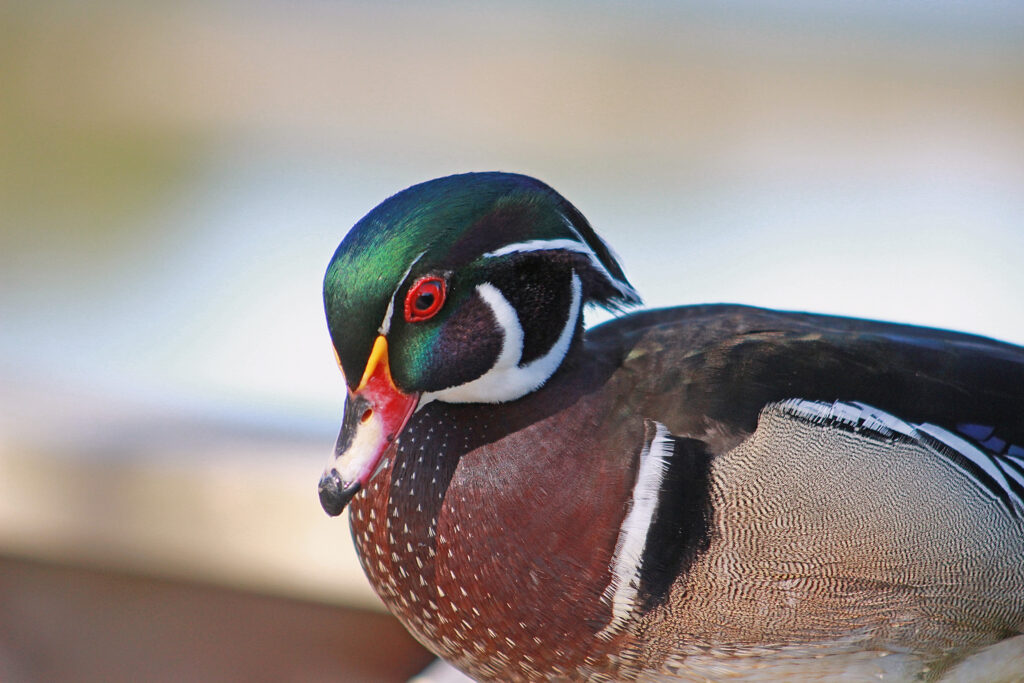
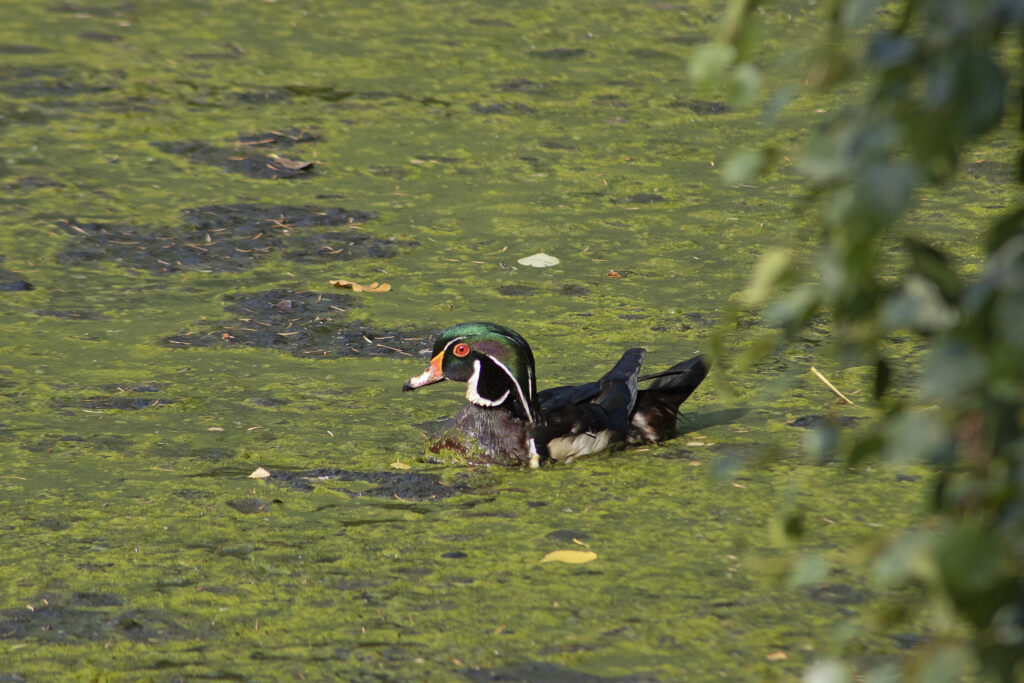
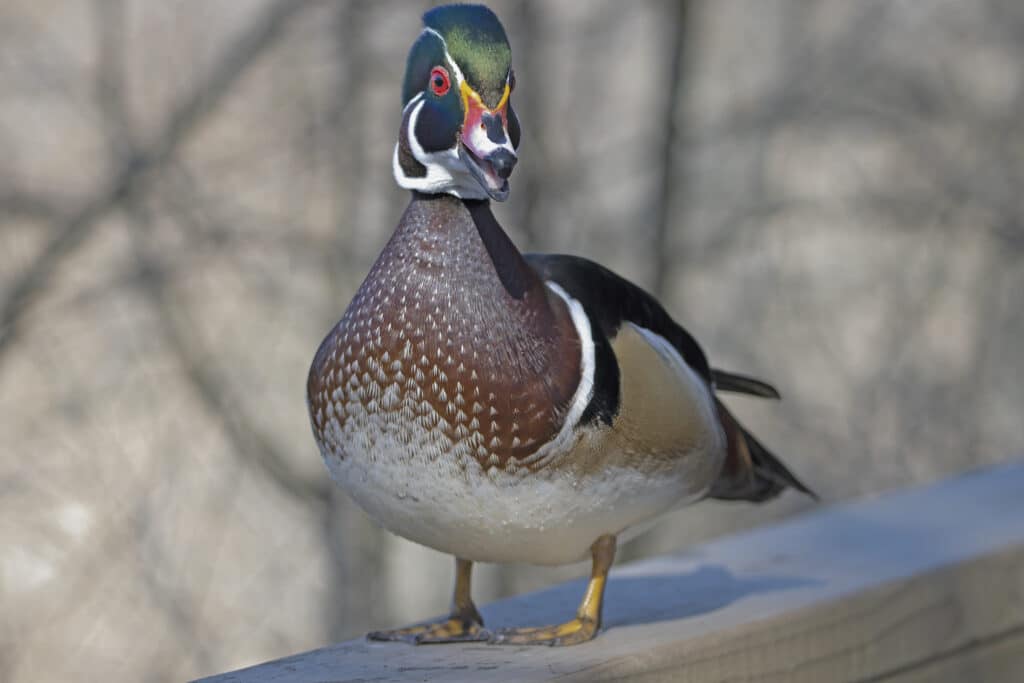
Sources
Like this post?
Thanks for reading! You can support me in making more posts like this by buying me a coffee, visiting my store, and subscribing to my newsletter. Follow me on Instagram for daily posts.

